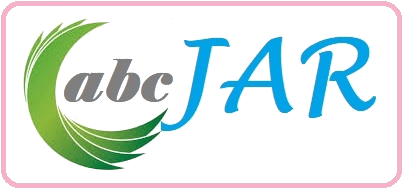Economic Activities among Barra Community in Sindh, Pakistan: A Case study of Matli Town, District Badin
DOI:
https://doi.org/10.18034/abcjar.v1i2.9Keywords:
Community, Subsistence Economy, Socio-Economic Activities, BeggingAbstract
This Research paper deals with ethnography of Barra community with special focus on their economic activities. Main concern of research paper is to present a holistic view of this community in general and particular question the relationship between their income generating activities and social life. Research paper is an attempt to provide the analysis of community and way they organize to carry out socio-economic activities. Every community has a distinctive culture, which refers to customary behavior and beliefs that are passed on through the process of enculturation. Barra is a word which is used for calling a boy or child of Ghara community which is now the identity of Ghara community but before the partition they were known as “Ghargula Faqeer” which is another caste of community because their occupations were same , they both sell handmade pots; toys and other things with selling hand made things they were used to beg too but slowly and gradually they diverted toward begging and their identity changed in the process and they started to known as “Barra”. They are nomads where ever they found the empty plot and someone give them protection and provide them safety. They have been living in Matli from century and half but as they are nomads so they pasture from one place to another but their center always been Matli. They are Hindus and belong to scheduled caste but they don’t consider themselves “Shudar”.
Downloads
References
Adamson, H.E. (1958). Anthropology: The Study of Man New York: MacGraw –Hill, Inc.
Benedict, A. (1991). Imagined communities, Reflection of on the Origin and Spread of Nationalism, New York: Verso
David, E. (1976).Encyclopedia of Anthropology. New York: Harper and Row.
Farzana, M. (1989).The Rural Women in Family System. Islamabad: Pakistan Agriculture Research Council
Forouk, (1970).Situation of women Bangladesh (ed) G. Renee. Dacca: BARC Printers
Hoebel, (1958).The Cheyenne Indians of the Great Plains, New York: Halt, Rine Hart and Winston.
Louise, D. (1970). HOMO HIERARCHICUS: An Essay on the caste system. Great Britain: The University of Chicago.
Pal, A., Amanda, C., Sara, D., Johan, L.and Lyn, L. (2001). Handbook of Ethnography. London: Sage Publications
Raymond, F. (1956).Themes in Economics, London: Tevistoe, L.C
Raymond, F. (1993).Primitive Polynesian Economy, (ed) London: Routledge.
Stephan, F. (1973). Aboriginal Tribes of India, Delhi: Macmillan.
--0--
Downloads
Published
Issue
Section
License
Copyright (c) 2012 Naveed Ahmed Lashari, Anwaar Mohyuddin

This work is licensed under a Creative Commons Attribution-NonCommercial 4.0 International License.










